Integration theory: 1991 Honda Integra DA
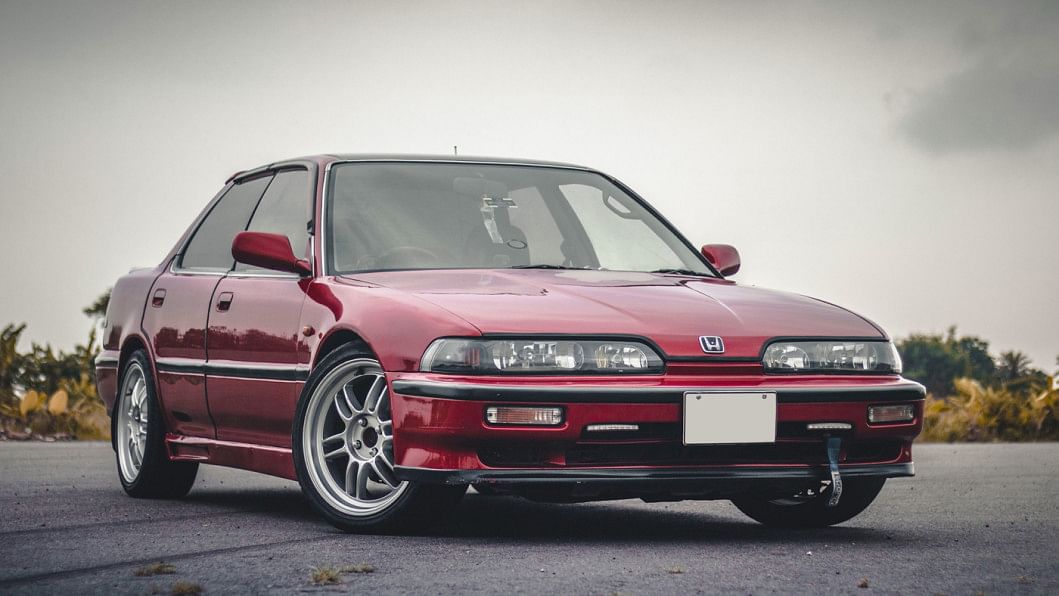
When Honda Motor Company expanded to North America as American Honda Motor Co. Inc. in Los Angeles in 1959, they made history as the first Japanese automobile manufacturer to create a subsidiary company in the US. With a meagre capital investment and only three employees, Honda would go on to establish their dominance over the motorcycle industry. Passenger cars would come later—the first passenger car sold by Honda in the US, the N600 sedan, would be a slow seller till the global fuel crisis pushed the entire market towards smaller, more fuel-efficient vehicles. The Civic came and conquered, becoming a mainstay of the sub-compact market; the Accord came and conquered as well, dominating the mid-size sedan segment and becoming the bestselling car in the US in the early 90s.
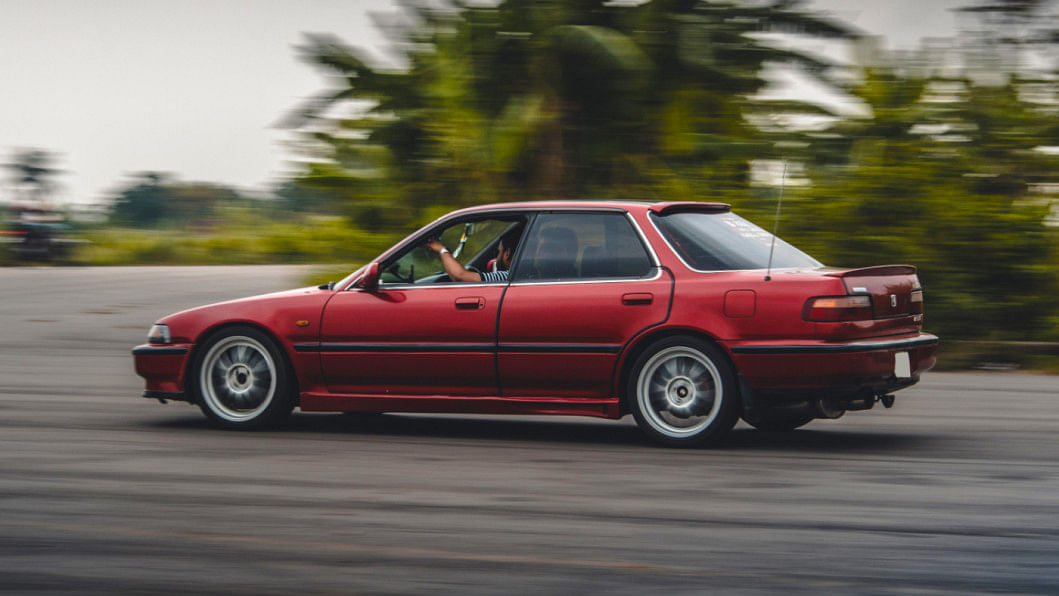
In the mid-80s, a new segment was growing, and fast—sport compacts. Very much a by-product of American tastes and consumer culture, sport compact cars like the Dodge Neon, Volkswagen Corrado, the Diamond Star Motors manufactured Mitsubishi Eclipse and the Toyota Celica were kicking up a storm with their balance of performance, snazzy looks, fuel economy and maintenance friendliness. Honda, whose portfolio for performance vehicles had recently taken a big bump in potential thanks to the arrival of variable valve timing technology (in Honda's case, known as VTEC), wanted to get in on the game.
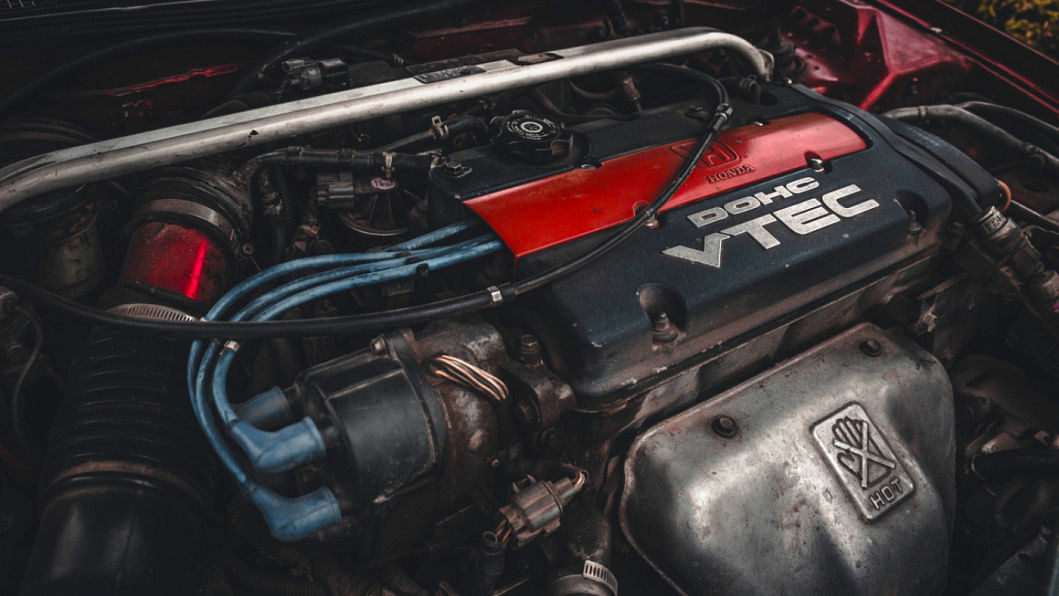
It was a two-pronged attack. On the one hand, the CRX hatch provided performance and asked you to make concessions in terms of luggage and human capacity (it had only two doors); on the other, you could have the new sport compact that neatly slotted itself between the Accord and Civic sedans—the Integra. For Honda (and Acura), the Integra was the perfect compromise—the space of a compact car, the performance of a sports car, the fuel economy of a sub-compact.
Ashiq Rahman's DA Integra has all of these qualities and more. By the time the second generation DA Integra rolled into dealerships in 1990, the subcompact market was already a hodgepodge of badges and options. To stand out, the DA had to have something special. It did.
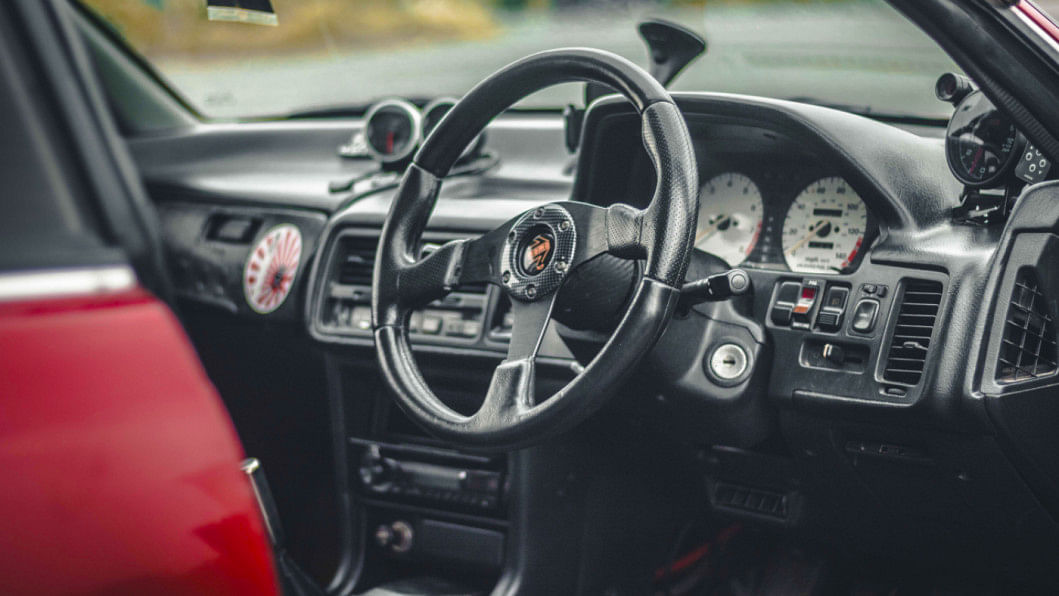
Fast forward 29 years and most of these Integra DAs are rotten, broken and abused. It doesn't matter if you're on the sun-kissed highways of LA or the damp back roads of London or the tiny alleys of Tokyo—finding a good example of an old Integra is like a unicorn in a field of cows. Ashiq's DA might just be that.
In the engine bay, you'll find a Bluetop F20B DOHC VTEC—originally from the Accord SiR and Torneo, this venerable motor is basically a de-stroked H22A. With about 200 HP on tap from the factory, it's as close as you can get to an Integra Type R in terms of output. It was breathed on by an aftermarket intake, exhaust and Works Engineering crank pulley and oil cooler. When the VTEC kicks in around 5600 RPM, Ashiq's Integra turns into an operatic singer and, depending on how adeptly you work the 5-speed manual, turns the car into a ballistic beehive, hell-bent on destroying everything in its path.
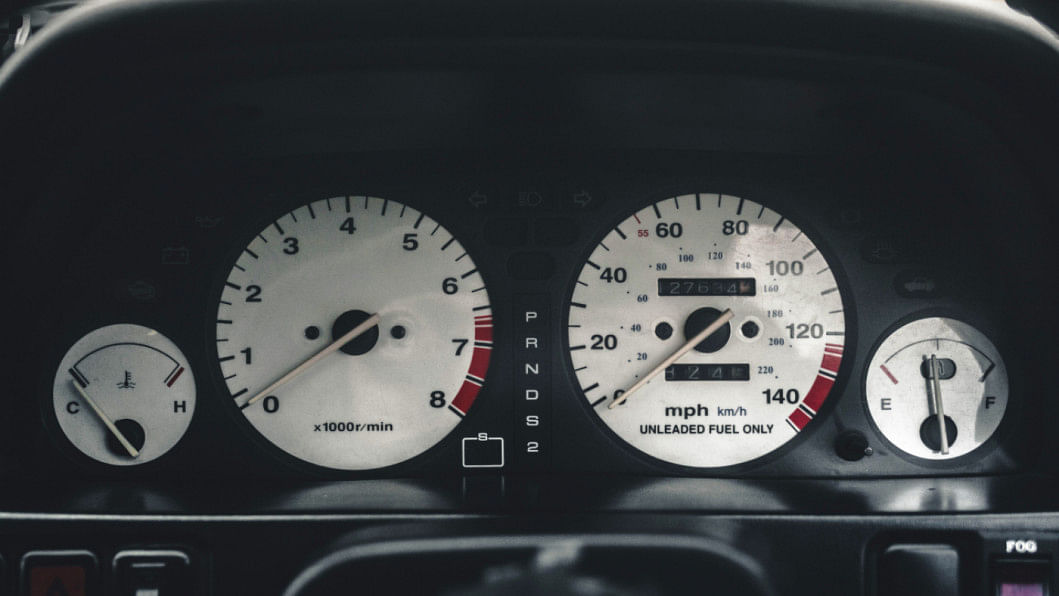
It's addictive. Don't let the "VTEC kicking in" memes on the internet fool you—when you see the needle hovering on the 120 mark on the MPH speedometer and realise it's been just a handful of seconds since it was resting at 0, you know exactly what Hondas, VTEC motors and Integras are about. Yes, the interior has seen better days and parts of the rear trunk are crumbling, but in terms of performance, this DA punches well above its weight. And you have to love a good underdog story.
Photos: Ahbaar Mohammad





Comments